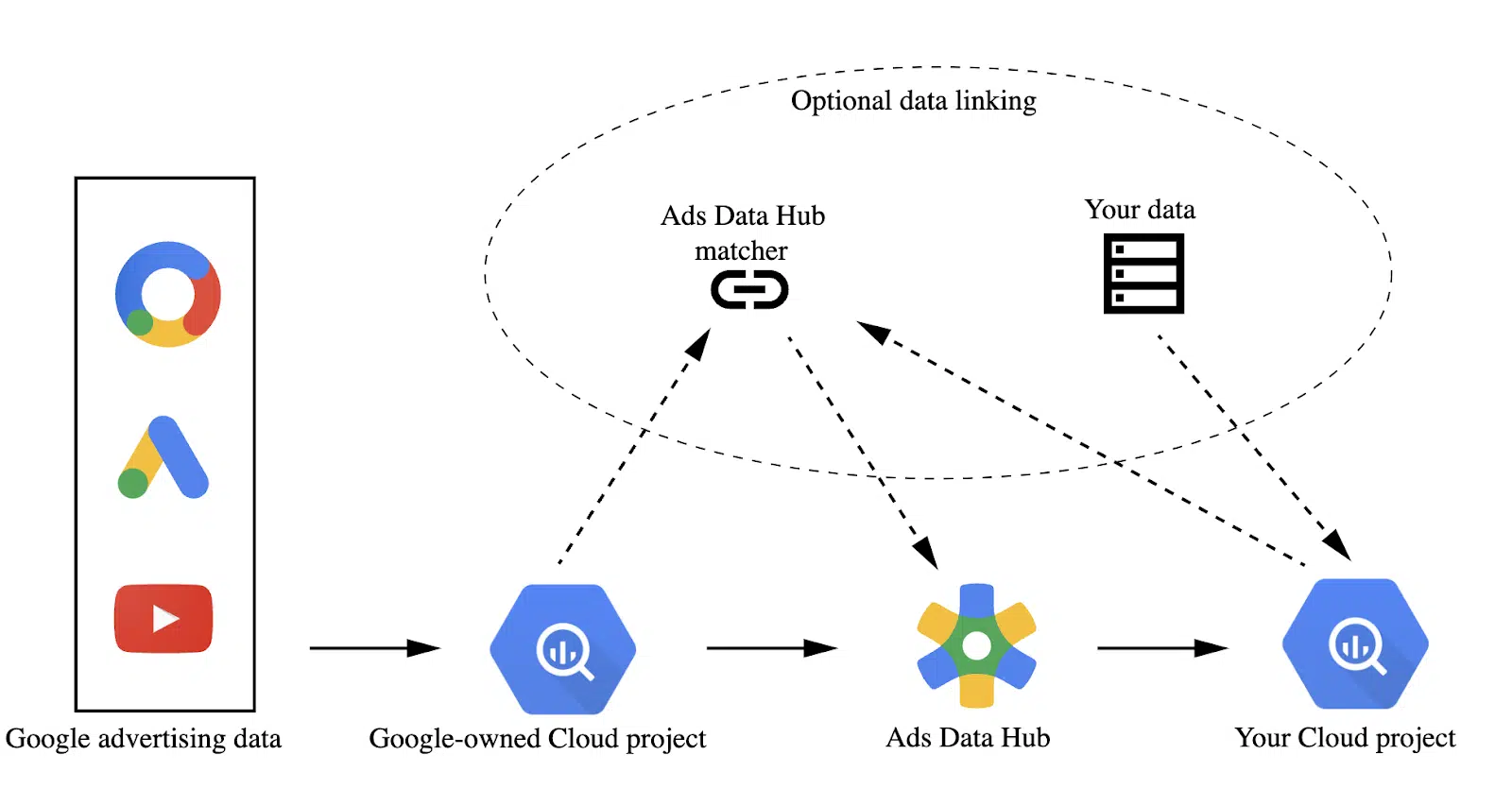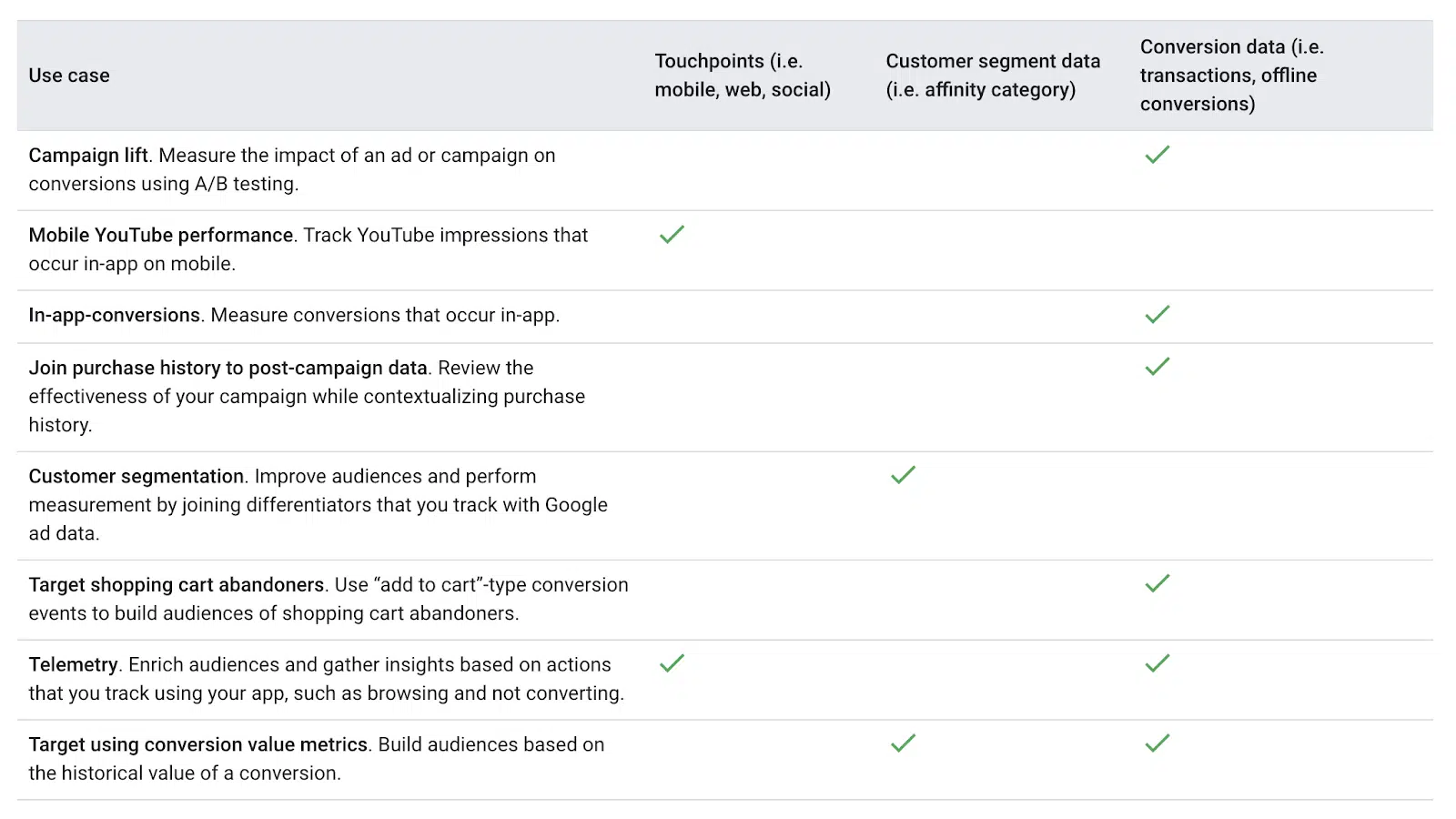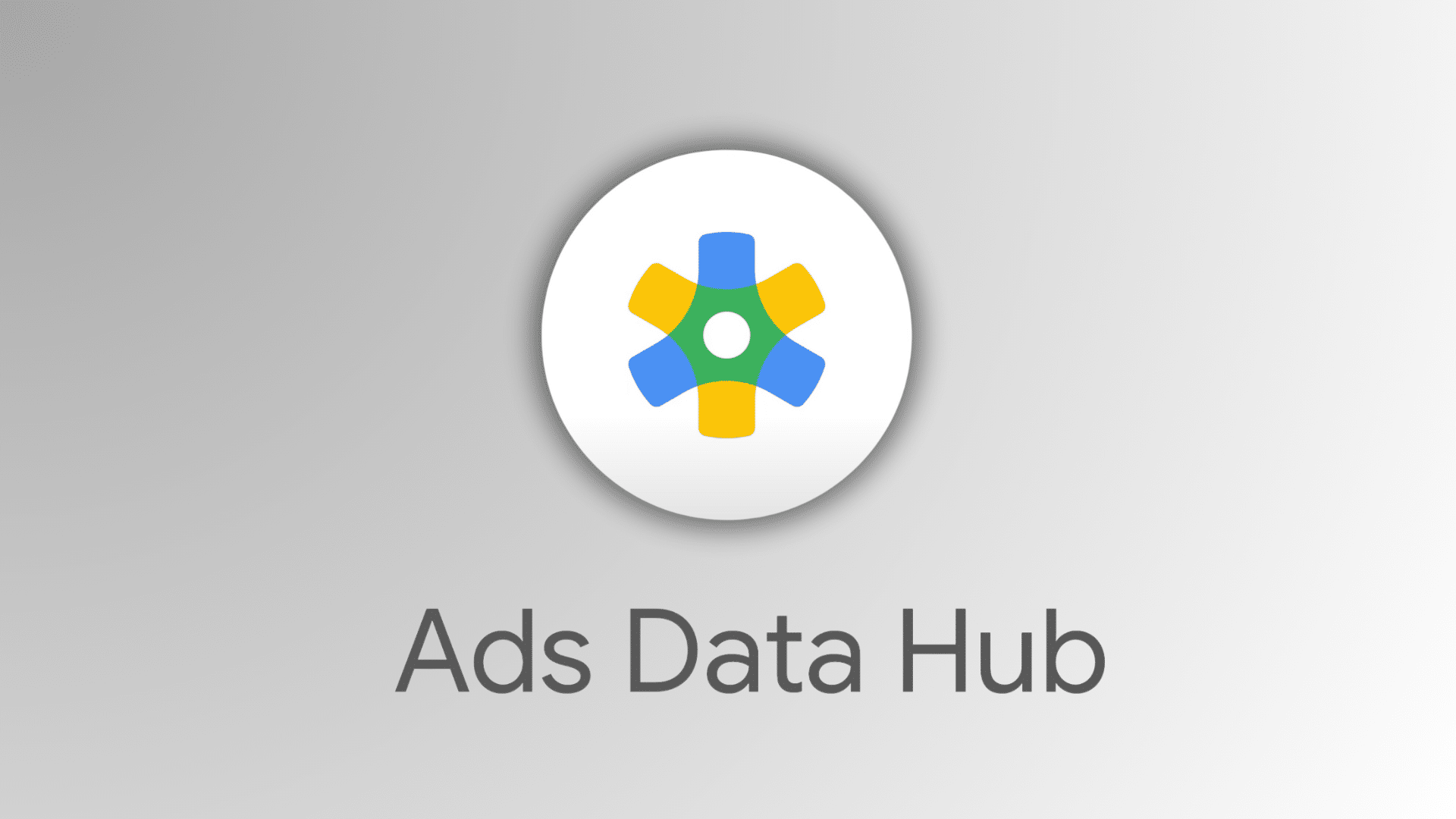The Google Ads landscape continues to evolve, with a growing emphasis on data usage that complies with strict privacy guidelines.
To support advertisers navigating this environment, Google introduced a robust toolset designed to advance their AI-driven marketing strategies.
A key part of this transformation is Ads Data Hub (ADH), a platform built on Google Cloud.
ADH allows advertisers to integrate and analyze data from Google Ads and other sources, offering deeper insights into customer journeys and ad performance while maintaining privacy compliance.
This article explores what Ads Data Hub is, how it works and tips to maximize the tool while improving your Google Ads performance.
What is Ads Data Hub?
The Ads Data Hub is a centralized repository for all your marketing data, integrating information from:
- Your Google Ads account (including search, display, video and shopping campaigns).
- Your Google Analytics account.
- Your CRM system.
- First-party data collected from your websites, apps, physical stores or directly from customers.
Designed with privacy in mind, ADH aggregates all query results to prevent the identification of individual users within the dataset.
Minimum aggregation thresholds are established to avoid accidental exposure of personally identifiable information.
You also cannot download specific user data, ensuring compliance with today’s privacy guidelines and best practices across various industries.
Ads Data Hub: Setup and architecture
The platform’s architecture is specifically designed to securely and efficiently process large-scale advertising datasets. Let’s explore its key components and workflow in detail.

Data ingestion
Advertisers upload their first-party data to ADH, including customer interactions, website analytics and CRM information.
This data is matched with Google’s ad data (e.g., impressions, clicks, conversions) using hashed identifiers.
Cloud-based processing
The core of ADH is powered by Google Cloud’s BigQuery infrastructure.
Advertisers can write SQL queries to analyze data, joining their first-party data with Google’s advertising data.
This system allows businesses to run highly customized analyses without moving the data outside Google’s secure environment.
Querying
Users run SQL queries on aggregated datasets, with results compiled at a user level to protect personally identifiable information (PII).
ADH restricts the types of queries that can be executed to ensure individual user data remains private.
Output
Once the query is complete, ADH provides an aggregated report which can then be exported to BigQuery for further analysis or connected to other reporting tools like Looker Studio.
ADH’s limitations
Despite its robust features, Ads Data Hub has certain limitations that advertisers should be aware of.
- No real-time data access: ADH does not offer real-time data access. There is often a delay in getting campaign data into the platform, which could impact time-sensitive decisions.
- SQL expertise required: Running queries in ADH requires proficiency in SQL, making it necessary for advertisers to have data analysts or skilled marketers to extract meaningful insights.
- Limited access to raw data: Since raw user-level data is inaccessible, you might find limitations in performing deep cohort analysis or certain types of data exploration.
When to use Ads Data Hub
Ads Data Hub provides valuable insights by integrating data from various sources across customer touchpoints.
It enables advertisers to analyze purchase history across channels, identify shopping cart abandoners and create customer segments and audiences. These insights can then be used to inform ad copy, optimize landing pages and improve ROI models.
Here are some specific examples of how Ads Data Hub can be applied:
Cross-platform measurement
- ADH enables the analysis of user behavior across platforms, such as YouTube and Google Display Network.
- This cross-platform measurement capability lets you understand the complete picture of user engagement and track conversions more effectively.
First-party data enrichment
- Uploading first-party data can enrich your analysis, allowing you to gain insights into customer segments, lifetime value and conversion behaviors.
- Combining first-party data with Google Ads data helps improve targeting and retargeting strategies.
Google provides a good table of use cases to help provide some starting points:


Use case examples
Here are a few examples of how businesses have used the Google Ads Data Hub to improve their Google Ads performance.
Churn prevention through ad interaction analysis
- Identify users at risk of churning by analyzing their prior engagement with ads.
- This helps create a targeted list of potentially churn-prone users who have previously interacted with your ads, indicating some level of engagement.
- By focusing retention efforts on these users, businesses can develop personalized campaigns to re-engage them and reduce churn.
Maximizing lifetime value for high-value users
- Use your CRM data to identify high-value users who are part of your existing customer base and actively engage with your YouTube campaigns.
- By targeting these valuable users with personalized messaging and offers, you can further enhance their lifetime value, encouraging repeat purchases or deeper brand loyalty.
Geo-specific conversion propensity for affinity segments
- Analyze affinity and in-market segments by region to understand user interests and behaviors at a granular level.
- By evaluating the various interest categories users fall into, you can optimize your campaigns geographically, tailoring content to match regional preferences and increasing conversion rates within specific markets.
Optimizing retargeting with message sequencing
- Create exclusion lists for negative retargeting by identifying users who have already converted or heavily interacted with previous campaigns.
- This helps avoid over-targeting and ad fatigue, ensuring that your messaging is more relevant to potential customers who have yet to engage while efficiently managing your ad spend.
Tracking new CRM signups from ad exposure
- Identify incremental users who signed up for your CRM after being exposed to your YouTube or Google Ads campaigns.
- By analyzing the data, you can create a list of these newly enrolled users, allowing you to measure the effectiveness of your ad campaigns in driving CRM growth and optimizing future strategies for customer acquisition.
Ads Data Hub: Bridging data sources for enhanced marketing intelligence
Google’s Ads Data Hub is a powerful tool for advertisers seeking actionable insights while maintaining strict privacy standards.
By leveraging Google Cloud’s infrastructure and combining first-party and Google Ads data, the platform enables advanced analysis without compromising user privacy.
From campaign optimization to custom attribution modeling, ADH helps you succeed in a privacy-focused advertising landscape.
Contributing authors are invited to create content for Search Engine Land and are chosen for their expertise and contribution to the search community. Our contributors work under the oversight of the editorial staff and contributions are checked for quality and relevance to our readers. The opinions they express are their own.

